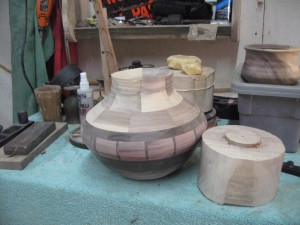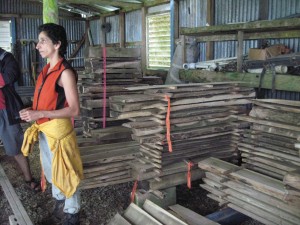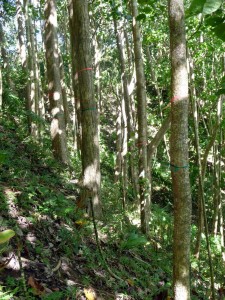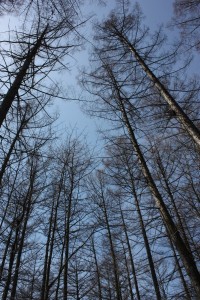Value-added forest products can provide a source of revenue for forest communities in Vermont and Puerto Rico while promoting ecological stewardship, strengthening social connections, and building a sense of place. – Emily Brodsky, Ecological Planning program
In March of 2011 forestry practices and related challenges were examined first-hand in Puerto Rico. The original intention was to compare forestry practices in Puerto Rico to forestry practices in Vermont. Not only did intensity of timber harvesting prove to be very different in the two places, but so did too cultural perceptions of forests and landscapes. In Puerto Rico, discomfort with cutting down trees and lack of markets for local wood products is recognizable as a formidable challenge to sustainable harvesting in Puerto Rico. – Helen Yurchenco, Rubenstein School of Environment and Natural Resources
Information on Caribbean Pines
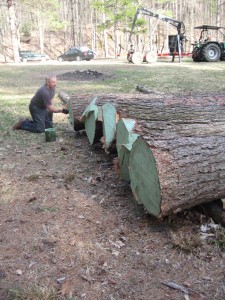
At the Jericho Research Forest, logs are painted and prepared to be transported to the UVM campus to be used in the renovation of the Aiken Building, which houses the Rubenstein School of Environment and Natural Resources.
